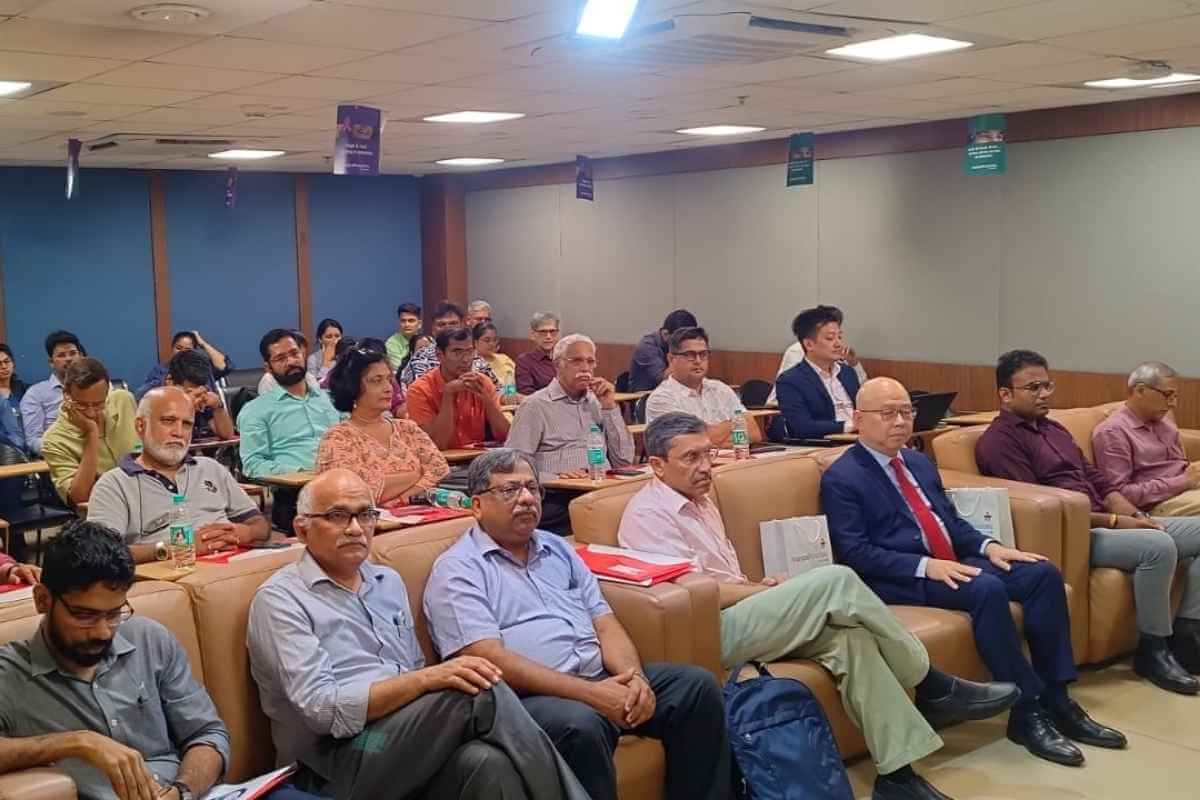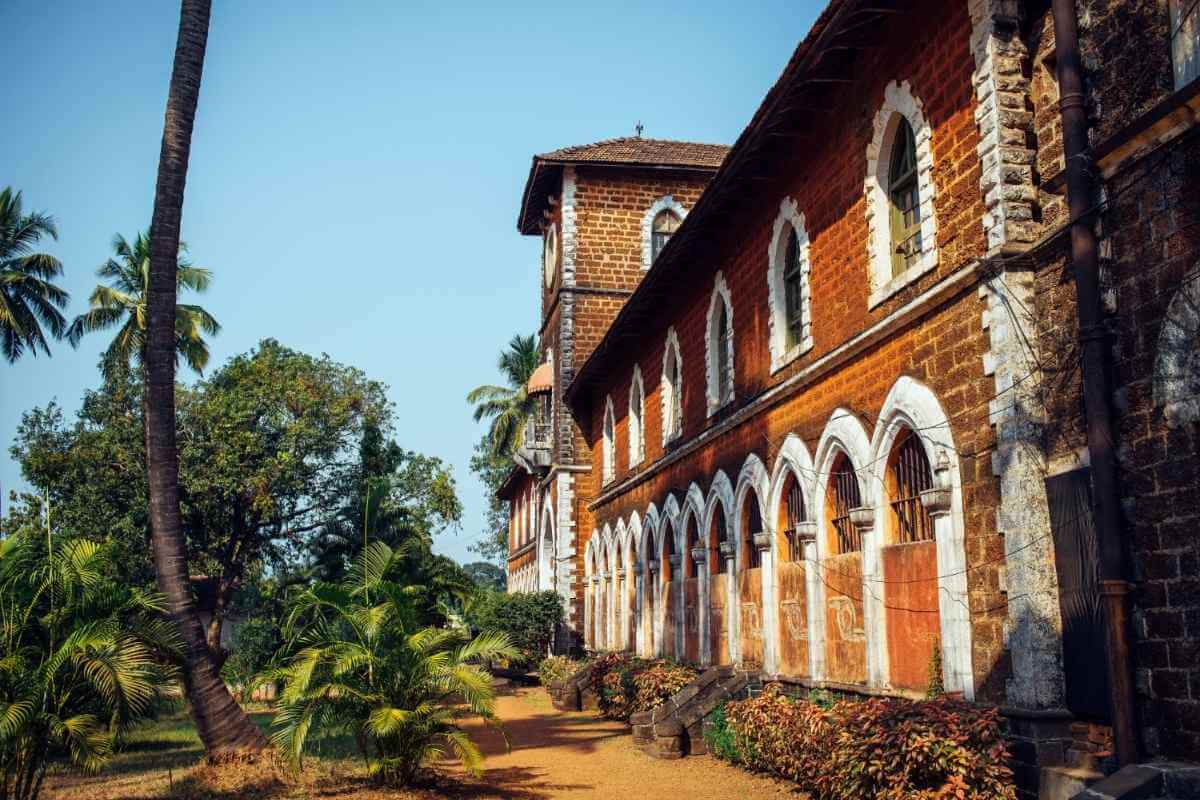The past couple of weeks have seen Goa battered by incessant rainfall. Panjim, the capital city, has seen terrible flooding which gives rise to the term, urban flooding. According to experts, if the issue of urban flooding is not addressed immediately, the city’s heritage structures will fall victim to the floods.
Experts have pointed out that with seepage of rainwater, dampness on the plaster and mud walls at risk, the problem could become so severe that heritage buildings in the Mala – Fontainhas area, could be on the verge of crumbling.
Heritage activist Sanjeev Sardessai said, “The heritage houses in Mala, Panaji, were built with material brought from the demolished churches and houses at Old Goa. Most of the houses are made of mud and absorb a lot of water. This makes the walls weak. If one or two-storied structures are built, they will collapse.”

Conservation architect Ketan Nachinolkar stated that most of the heritage structures were built using either mud or limestone, and with age, they are subject to wear and tear. “But once you have a situation like flooding, the structure’s foundation can get destabilized, washing off the mud, dampening of walls, etc, are a result of floods,” said Nachinolkar.
Ketan used the district sessions court building as an example of the damage caused by water seepage. One of the windows of the building has a lot of dampness and the stone has begun to decay, all due to seepage of rain.
Heritage experts have also said that the Adil Shah Palace, on DB Road was at risk of damage due to floods. This structure contains artifacts of the bygone years of the Goa State Museum and dampness can damage the priceless artifacts in the building.
Radha Bhave, the director of Goa State Museum, stated that though the building has been standing for hundreds of years, the rain and salinity gives rise to worry, as paintings and wooden objects are often the first casualties of floods. “During monsoons, there is seepage in the walls. The floodwater reaches up to the verandah of the Adil Shah Palace, but so far, water has not entered the building” she said.
The Portuguese created the city of Panjim in a grid pattern with sewage system and drainage leading from the various city spots into the Mandovi.Sardessai stated that the Portuguese planned the infrastructure and did not raise the level of Panjim to address the flooding problem.He also said that the only reclaimed land by filling up the water bodies like ponds, pools, and puddles with mud from the Cortim hillock.

He is of the opinion that, although the people in the past have failed to anticipate the problem of flooding, the authorities today have not been able to maintain the infrastructure.
The Municipal authorities and sewerage department do not clean the drains before the monsoons, leading to floods in the city. Sardessai said that the architects and engineers owe an explanation as to why the infrastructure created in this day and age is not able to withstand flooding. Breaking down the roads to let the water out, only leads to retention of water and wastage of public funds.
Source: TOI | Goa Tourism


























